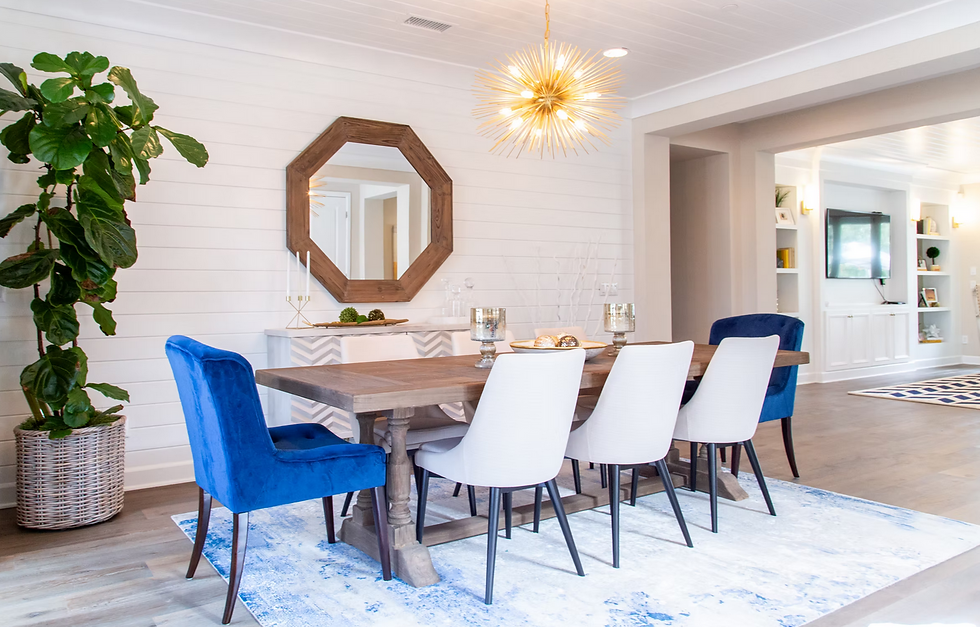Crucial Tips On Hiring A Great Interior Designer
- Vision Interiors
- Oct 21, 2020
- 2 min read

Implementing an exceptional interior designer for your project will ultimately save you a fantastic amount of time, as well as a few unnecessary headaches. Generally speaking, interior designers work out optimal room measurements, traffic flow and lighting. When it comes to picking and coordinating the color schemes, paint finishes, cabinet designs and light fixtures that go in that room, that's where an interior interior designer comes in handy.
An experienced and reputable interior designer will save you months of searching for product samples and other research, and avoid some potential hurdles along the way.
In addition, an interior designer can do everything from simply acting as a sounding board for your ideas to undertaking more intricate work, such as purchasing paint and fabric, scheduling an installation and even supervising the job. Your contractor and interior designer should work closely together.
So start by picking an interior designer that your contractor enjoys working together, preferably someone with experience on your type of job. Here are some other essentials for getting, and working with, a first-class interior designer.
Have Meeting At Your Home
As soon as you've gathered a few names, spend some time walking potential interior designers throughout your home so they get familiar with your taste; express your likes and dislikes. Make certain that you figure out which ones are exceptional listeners; this is crucial for giving you what you want. Moreover, make certain to hire an interior designer before the construction plans getting drawn.
Things typically work out best when the interior designer is brought in at the start of the job. That's when the interior designers input, how much wall space a window treatment needs or the window height necessary for a certain sofa, for example, is pivotal.
Otherwise, an interior designer can create cost overruns by adding or removing a window, changing the distance between doors and windows and adding recessed lights that wasn't wired behind the walls. These are all costly alterations that a majority of the time demand structural changes. You can always select wall and carpet colors later. This is the reason your architect and contractor should know early on about design elements that affect the structure.




Comments